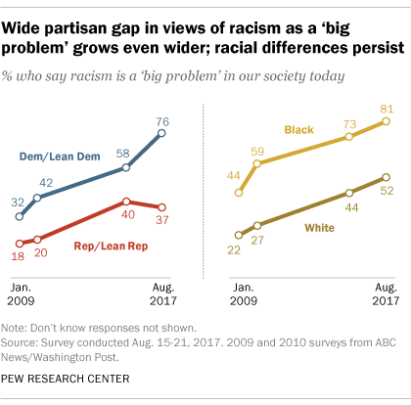Matt Yglesias is leaving Vox to start his own Substack blog. There is part of me that really likes this -- my preference would be to get off social media and return to the blog glory days of the late aughts. I've tried doing it a couple of times, but I always fail to stick with it -- partly because people are on social media instead of blogs, and it gets to feeling very lonely around here.
I'll subscribe to Yglesias' free tier. But I won't spend money on him, or Andrew Sullivan, or Matt Taibbi or any of the other, um, independent thinkers who have abandoned big publications in the last year or so to strike out on their own for Substack and its subscription model.
My subscription dollars are finite. So I have to make them work efficiently. Which means they'll go to publications where I can get news and multiplicity of voices. I simply can't afford to support every writer I want to read who decides to strike out on their own. I can't imagine I am the only person in this position.
And this strikes me as a problem, both for the writers and the larger discourse.
A number of observers have already noted that rise of newspaper paywalls, while absolutely necessary to sustaining what's left of the news media, is a problem for democracy. You can get all the misinformation you want for free, but it increasingly takes cash to get reported, reliable news. Somebody's got to pay for the reporters, writers and editors -- but that means that people who can't or won't pay for that news are vulnerable to misinformation.
Similarly, if -- as appears to be the case -- somewhat independent writers increasingly feel uncomfortable or unable to exist within the framework of a larger publication where their coworkers don't all love their views, and they follow Yglesias et al to Substack and its paywall, it might also be the cases their voices go missing from the national conversation. It'll be easy not to pay to hear ideas you don't want to hear, and if you don't pay, it's less likely you'll be forced to encounter them.
I don't love everything about Yglesias, Sullivan or Taibbi, but it is also true that the three have done valuable work over the years. People are complicated! And sometimes it's good to have complicated people complicating the discourse, even if it's also irritating. It worries me that the complications are disappearing behind a paywall.






